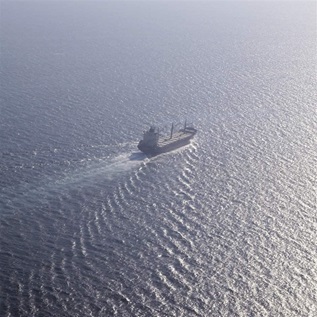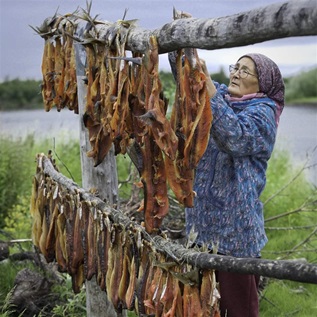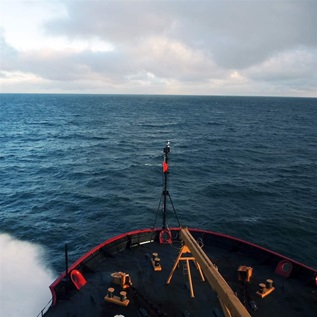Recommendations
Oil spills in the U.S. Arctic Ocean from oil and gas exploration and development as well as increased shipping are a major risk to the sensitive ecosystem and indigenous peoples who rely on the ocean’s health.
Industrial activities such as oil and gas development should be deferred until a comprehensive, science-based plan is in place. As well, the following steps should be taken to better prepare and respond to spills:
- Arctic oil spill risk assessment: An assessment should be done to (a) provide a comprehensive evaluation of the oil spill risks from oil and gas activity and shipping; and (b) identify the highest priority risk reduction measures that can be implemented to reduce oil spills.
- Assess Arctic oil spill response capacity: Evaluate the capacity of oil spill response systems, including dedicated equipment, vessels and personnel. Examine the capabilities and limits of available technologies to respond to potential spills identified through the Arctic oil spill risk assessment. Establish an ongoing testing and evaluation program to further refine available technologies and develop new technologies for offshore Arctic oil spill response.
- Conduct an Arctic oil spill response gap analysis: A “response gap” exists whenever environmental conditions exceed the operating limits of oil spill cleanup equipment. If a spill occurs during this time, it could not be contained or cleaned up. Conducting a response gap analysis would provide more information about the implications of harsh Arctic environmental conditions (temperature, wind, sea ice, visibility) on oil spill cleanup. The result of this analysis will characterize the frequency of occurrence of one or more environmental factors that would render oil spill cleanup possible, impaired or impossible. Additional oil spill prevention or mitigation measures can then be put into place.
- Ensure the process is transparent and scientifically rigorous: All meetings, reports, and work products should be available for public and stakeholder review and input. All research projects should be developed using peer-reviewed methodologies, and all results should also be peer reviewed. The process would benefit from the appointment of a regional public advisory body made up of Arctic stakeholders that could consult on spill prevention and response capacity.
- Reform the Oil Pollution Act of 1990 and the Outer Continental Shelf Lands Act: Legislation should be amended to ensure that spill drills are conducted in the region of proposed exploration. Companies proposing exploration and development should also provide proof of regional access to the equipment necessary to respond to a catastrophic oil spill.






